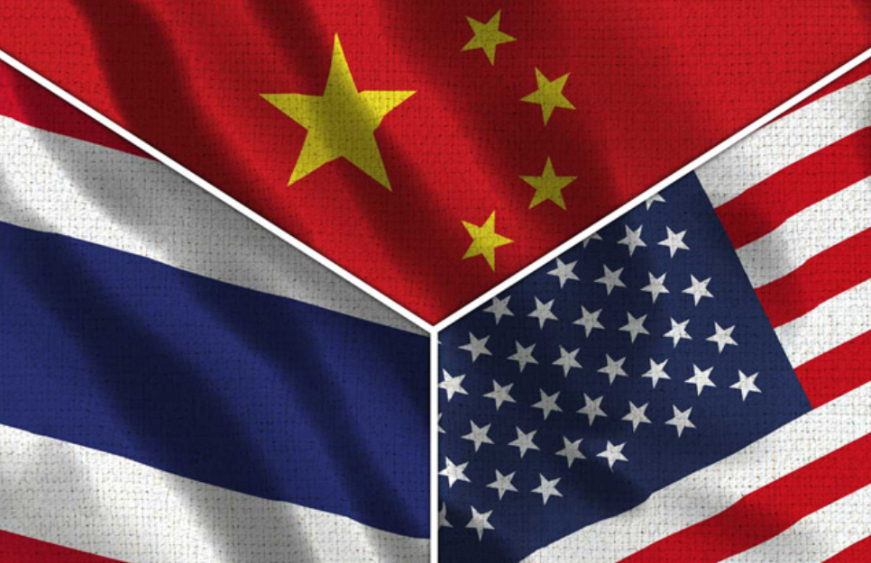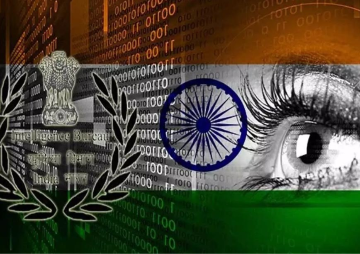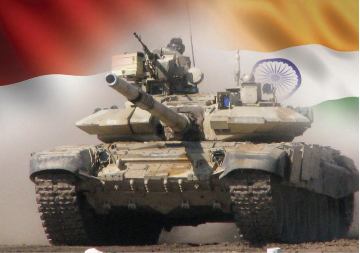
As Srettha Thavisin from the Pheu Thai Party takes on the role of Thailand’s 30th Prime Minister, his primary focus, as expressed in his inaugural speech on 11 September, centres on the nation’s economic recovery. While Srettha immediately directs his attention to an economic revival, he must also remain mindful of the evolving security dynamics in the region. Thailand’s foreign policy is navigating through complex currents influenced by changing dynamics in the area, particularly in its relationship with China and the broader Asia-Pacific security landscape.
Thailand, a vibrant and strategically positioned country in Southeast Asia, has long maintained a pragmatic and nuanced foreign policy approach towards China. This relationship has evolved, reflecting the complex dynamics of regional politics, economics, and security concerns. The former’s deep involvement with China primarily concerns economic considerations, given that the latter is Bangkok’s most significant trading partner. In 2022, China emerged as Thailand’s top destination for agricultural products, with the total agricultural trade between the two nations reaching a substantial US$13.1 billion. Thailand’s exports to China accounted for US$10.3 billion, reflecting a notable growth of US 3.1 percent from the previous year.
China provides substantial opportunities in terms of job opportunities, business prospects, and investments. In the first half of 2023, China emerged as the leading foreign investor in Thailand, committing a substantial US$1.7 billion to various projects. Singapore and Japan followed closely with investments of US$1.6 billion and US$1 billion, respectively. Nevertheless, there have been some hiccups in the bilateral relationship, stemming from the delayed progress in the high-speed railway project, challenges in a submarine deal, and the impact of tourism.
Thailand’s foreign policy is navigating through complex currents influenced by changing dynamics in the area, particularly in its relationship with China and the broader Asia-Pacific security landscape.
Both sides resolved much of their differences on the sidelines of the Asia-Pacific Economic Cooperation (APEC) meeting in 2022. They collaboratively signed several agreements, including a Joint Action Plan outlining China-Thailand Strategic Cooperation for 2022-2026. They also initiated a Cooperation Plan to promote the Silk Road Economic Belt and the 21st Century Maritime Silk Road. These agreements will help expedite the development of the Thai-Lao-China railway link, which is hoped to be completed in 2027-2028. Furthermore, both nations signed cooperation documents covering various aspects of the economy, trade, investment, e-commerce, and scientific and technological innovation.
Joint military exercises
In the realm of military cooperation, both countries agreed to a series of joint exercises to strengthen their military, navy, and air force capabilities. These include Falcon Strike 2023, an air combat exercise held in July 2023; and Assault 2023, or Joint Strike 2023, which involved anti-terrorist military drills spanning 21 days. In September, the China-Thailand Blue Strike-2023 joint naval training exercise took place, gaining significance due to Thai officials approving the use of the Chinese-made CHD620 engine for an S26T Yuan-class submarine. This controversial decision has delayed the submarine purchase, and the joint naval training sought to gain insights into the capabilities of Chinese submarines. The completed submarine could be delivered in 40 months. Still, details, such as a longer-than-usual guarantee from China Shipbuilding and Offshore International Co. Ltd. and engine maintenance support, must be worked out. Decisions on the second and third boats may take a while.
These exercises, conducted amidst regional tensions, particularly in the South China Sea, have been discreet due to the ongoing dispute and its impact on United State (US)–China relations. While these exercises underscore Thailand’s commitment to regional security and its desire to maintain good relations with China, they also reflect the broader geopolitical competition in the region. Regarding scale and scope, some analysts point out that China’s joint exercises in the Southeast Asian region cannot be compared to the exercises conducted by the US, such as Cobra Gold, which typically involve many countries and troops or flights. However, China is moving towards achieving multilateral activities in Southeast Asia.
The Peace and Friendship 2023 exercise, currently scheduled for November, will involve military personnel from China, Cambodia, Laos, Malaysia, Thailand, and Vietnam—a larger group for the first time. This joint exercise aims to counter the adverse effects of the “zero-sum game bloc security concept” on Asia-Pacific security, particularly in light of the US drilling activities in the Asia-Pacific region and the recent Australia-United Kingdom-United States (AUKUS) agreement, which entails the US supplying nuclear-powered submarines to Australia, which have elicited concerns from China. Furthermore, the US conducting its largest-ever joint military exercises with South Korea on the Korean peninsula and with the Philippines in March and April caused the Chinese apprehensions.
US–Thai exercises
Thailand maintains strong military ties with the US through various exercises, including the renowned Cobra Gold drills. Additionally, an inaugural Enduring Partners Engagement involving Air Force units from the US and Thailand is set to commence on 11 September. This engagement aims to enhance combat readiness and interoperability among the Royal Thai Air Force, the Washington Air National Guard, and the Oregon Air National Guard while reinforcing defence relations and the State Partnership Program between the two nations.
The China-Thailand Blue Strike-2023 joint naval training exercise took place, gaining significance due to Thai officials approving the use of the Chinese-made CHD620 engine for an S26T Yuan-class submarine.
Thailand’s request to purchase eight F-35A Lightning II fighter aircraft from the US is a significant indicator of the alliance’s strength. However, approval for this request is uncertain due to concerns about potential Chinese military access to advanced technology. The US, as a treaty ally of Thailand, closely observes Thailand’s interactions with China, ensuring they do not compromise security or violate the terms of their alliance.
Both nations recently welcomed the resumption of the TIFA Joint Council Meeting following the COVID-19 pandemic and emphasised the importance of enhancing their economic ties. They also highlighted their collaboration in multilateral initiatives such as the Indo-Pacific Economic Framework for Prosperity (IPEF) and the Asia-Pacific Economic Cooperation (APEC) forum.
Considerations of the foreign policy architecture
Navigating the delicate balance between its association with the US and China amidst their ongoing global geopolitical competition presents a significant policy challenge for Thailand’s newly established administration. It must utilise diplomatic finesse and strategic foresight to protect its national interests and promote regional stability in the ever-changing geopolitical landscape. Thailand must cultivate dignified and respectful friendships with nations of varying global influence. The evolving global context no longer confines Thailand to a passive role in international interactions.
Collaborative efforts within ASEAN offer a united front in addressing regional challenges and disputes, including those related to the South China Sea.
The views expressed above belong to the author(s). ORF research and analyses now available on Telegram! Click here to access our curated content — blogs, longforms and interviews.




 PREV
PREV



